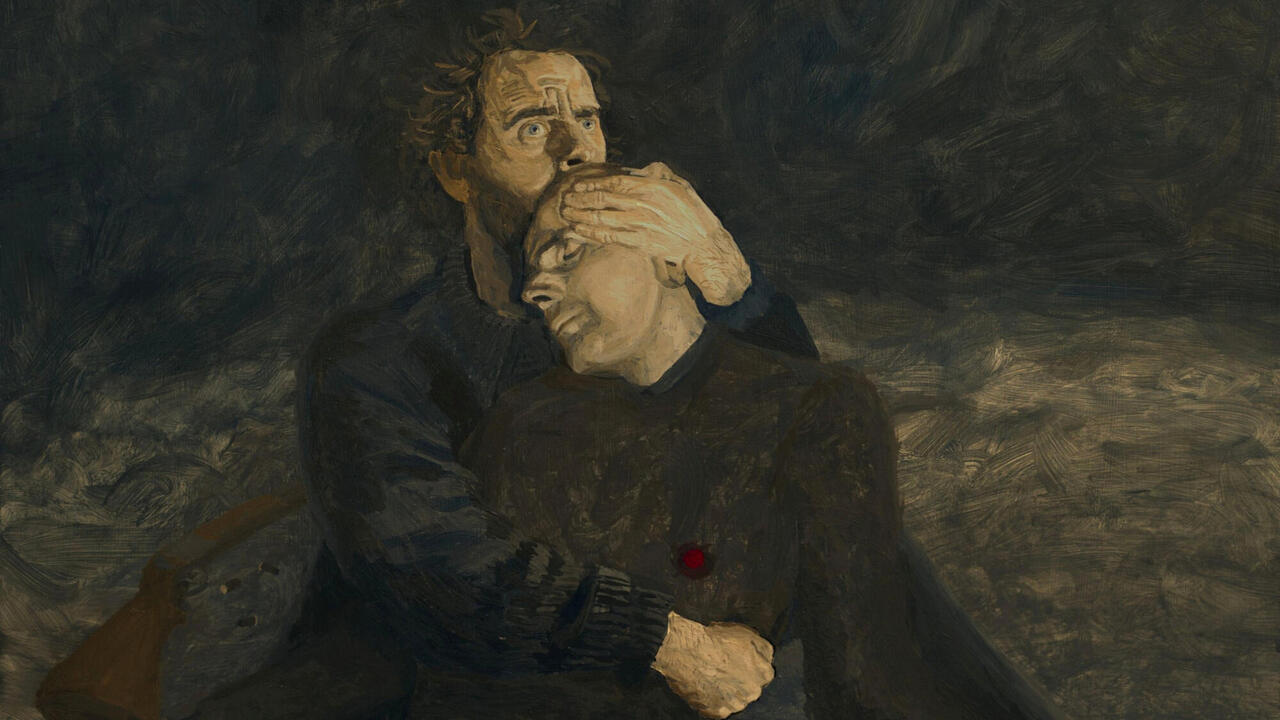‘Design/ Play/ Disrupt’ at the V&A: What Happens When We Break Video Games’s ‘Black Box’?
A new exhibition addresses the impregnable fortress of technical detail and corporate hyperbole in game design
A new exhibition addresses the impregnable fortress of technical detail and corporate hyperbole in game design

‘An impenetrable black box’ – that was how curator Marie Foulston described the process of making games in her introduction to a new exhibition, ‘Videogames: Design/ Play/ Disrupt’, at London’s Victoria and Albert Museum. She isn’t wrong. Game design, programming and art, for the uninitiated, can often feel like an impregnable fortress of specialized language, technical detail and corporate hyperbole. Despite the vast popularity of the often meaninglessly generalized form we know as ‘video games’, the specifics of each genre, subsection, division and trend of that monolithic entity can be impossible to parse for those without the requisite history or experience. ‘Design/ Play/ Disrupt’ seems focused on addressing exactly this impregnability.

The exhibition is structured around a selection of works, each one a keystone for the major developments, debates and designs in games since the turn of the millennium. Foulston and co-curator Kristian Volsing have cast an admirably wide net: the big budget grandeur of The Last of Us’s post-apocalyptic family drama from 2013 sits beside the literary intimacy of Kentucky Route Zero’s Southern Gothic adventure (2013), and the unpretentious pastel-shaded worlds of indie developer Jenny Jiao Hsia’s examination of dieting and bodily awareness in Consume Me (in development). Elsewhere, representation of race in games is explored in relation to the navigation of African-American experience in Mafia III (2016), and debates around gun-violence are placed alongside Pippin Barr’s austere and affective set of vignettes A Series of Gunshots (2015). This purposeful connectivity of games to politics, art and culture is a welcome, and well overdue one for exhibitions on games, but it is in assaulting the ‘black box’ of game-making processes where the exhibition finds its strongest tensions displayed.

To the unaware, for example, the almost unwatchably crude, blocky, low-resolution video prototype of Nintendo’s ink-spraying shooter, Splatoon (2015) might seem like an unremarkable exhibit. But the exposure of such an artefact – stripped of any of the colourful, round-edged warmth that the notoriously secretive Japanese company’s games are known for – represents a carefully negotiated window into a process even which, a decade ago, would have been unthinkable. The ‘magic’ of games has long won over their entry into cultural discourse, and the stranglehold of publishers on the ownership of game artwork, or ‘art assets’ is one even this exhibition cannot escape. For example, that prototype sits alongside pencil sketches of clothes from the same fashion-centric game which are credited only to ‘Nintendo’. Across the room, delicate pencil renderings of creatures from the opulently gothic masterwork Bloodborne (2015) lie in a glass case. Their skittering lines bring to mind the haunting work of Mervyn Peake or etchings of Eugène Delacroix, and yet they are credited only to ‘Sony Interactive Entertainment Inc.’, the artist absent from their own work.

‘Design/ Play/ Disrupt’ does attempt to correct this balance, particularly with Jiao Hsia’s work, which is emblematic of games as an expressive, self-defined artistic practice. Her section, alongside the game Consume Me, carries a large volume of ephemera, from tamagotchis, fashion games and plastic toys, to detailed notebooks, sketches and paper cut-outs which expose a deeply personal process. The exhibit on Auriea Harvey and Michaël Samyn (known collectively as Tale of Tales) and their game The Graveyard (2008) opposite, where the player directs an old woman to walk in a straight line to a bench in the titular graveyard, is equally distinct, containing perhaps the best diagram of the exhibition: a simple conceptual map with a single dotted line showing the player’s path from gate to bench. These point to the potential of games as personal expression and artistic depth, a potential comprehensively explored by artists and distributed (often freely) on digital marketplaces like itch.io. Yet to see these explicitly ‘art’ games alongside the anonymity of big-budget work exposes why this breaking of the ‘black box’ of games as products, not processes, has yet to manifest.

‘Processes’ are exactly what games are. While it may be easier to identify the personal traces in a game made by a single artist or designer, even in the case of hundred-strong teams working for decades on major franchises, games are made by people not technology. Games represent the gathering of a multitude of disciplines, a concert of many divergent skills, and yet the origin and owners of those skills are so often erased by the pomp and grandiosity of the video game as a ‘media event’. This is an issue which cuts both ways, both impoverishing the cultural discussion around games, and impoverishing the content of games. The anonymity of the team leaves a power vacuum easily filled by the laser-targeted consumer-focus of corporate stakeholders. Yet the beauty of games lies in their strange complexity, and their nature as an experiential form. Even the most consumer-focused games contain hundreds of tiny details and idiosyncrasies which, like the concealed carvings of anonymous masons dotted across the stone skin of a cathedral, act as the signatures of a multitude of unknown artists and engineers.

‘Design/ Play/ Disrupt’ is not about to dismantle this orthodoxy, but it admirably provides, through acknowledging the importance of the design process of individual creators and teams, an access point for thinking of games as processes which are run by people, not code. This alone remains the potentially transformative shift for games, that no technological leap can outstrip: once we see ourselves in the games we play, they stand to provide a distinct territory for reflection, expression and art. Until then, we are being played.
‘Videogames: Design/Play/Disrupt’ runs at the V&A, London, until Sunday, 24 February 2019.
Main image: No Man’s Sky, 2016, game screenshot. Courtesy: © Hello Games




















